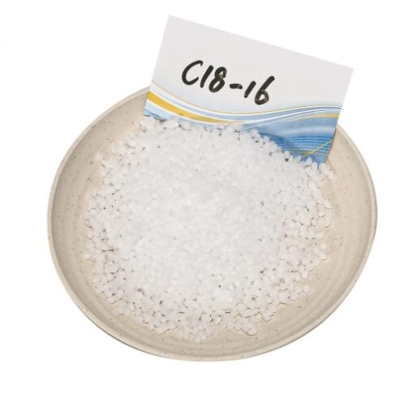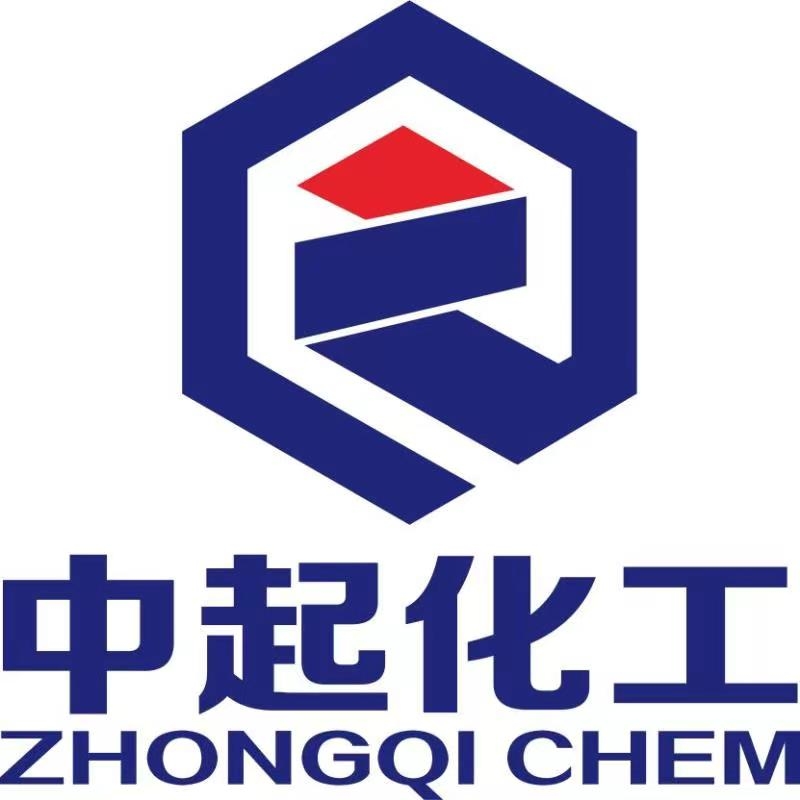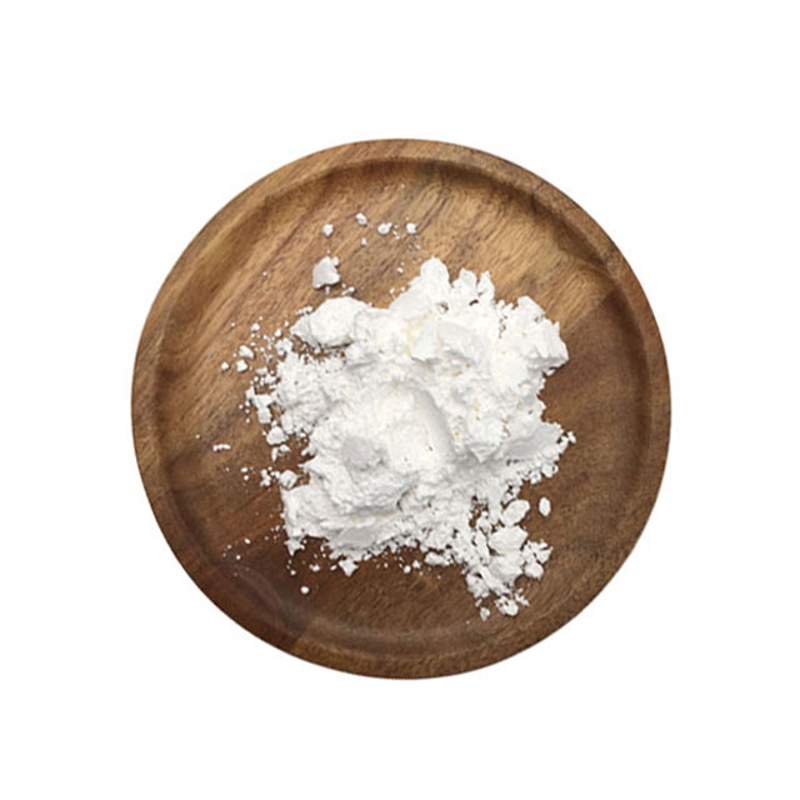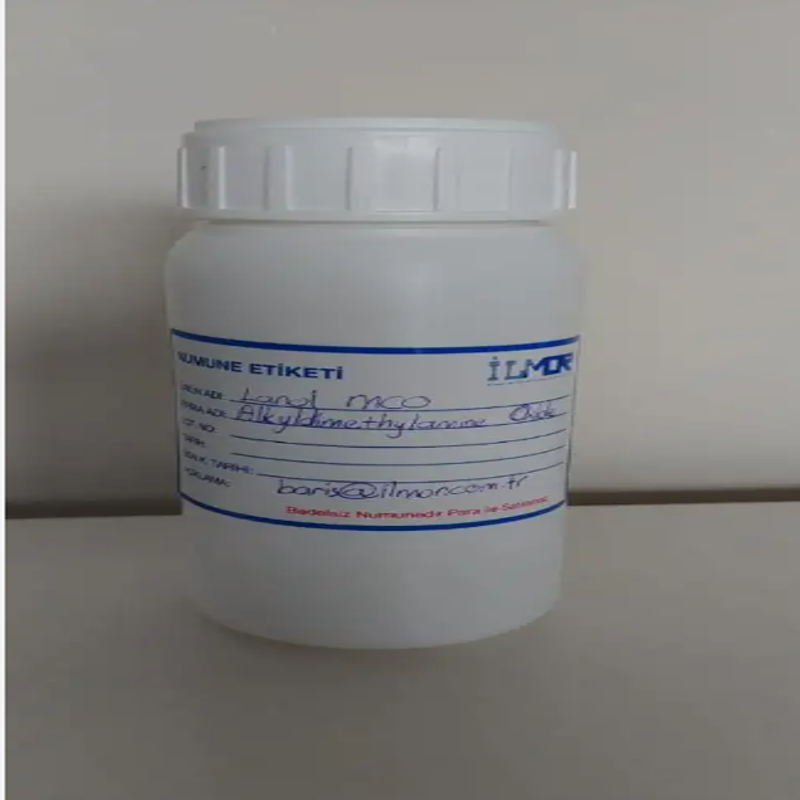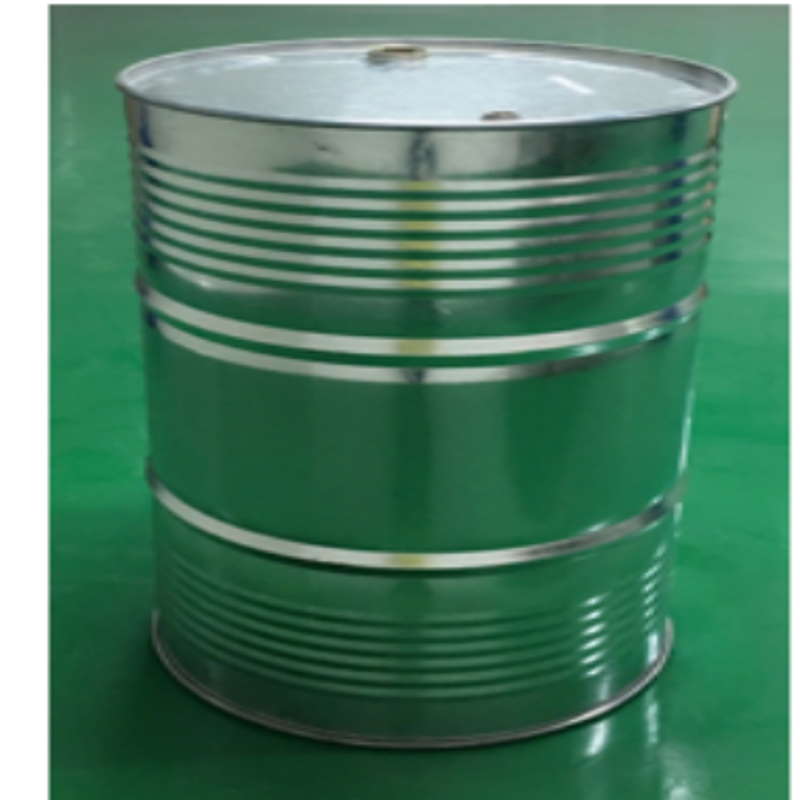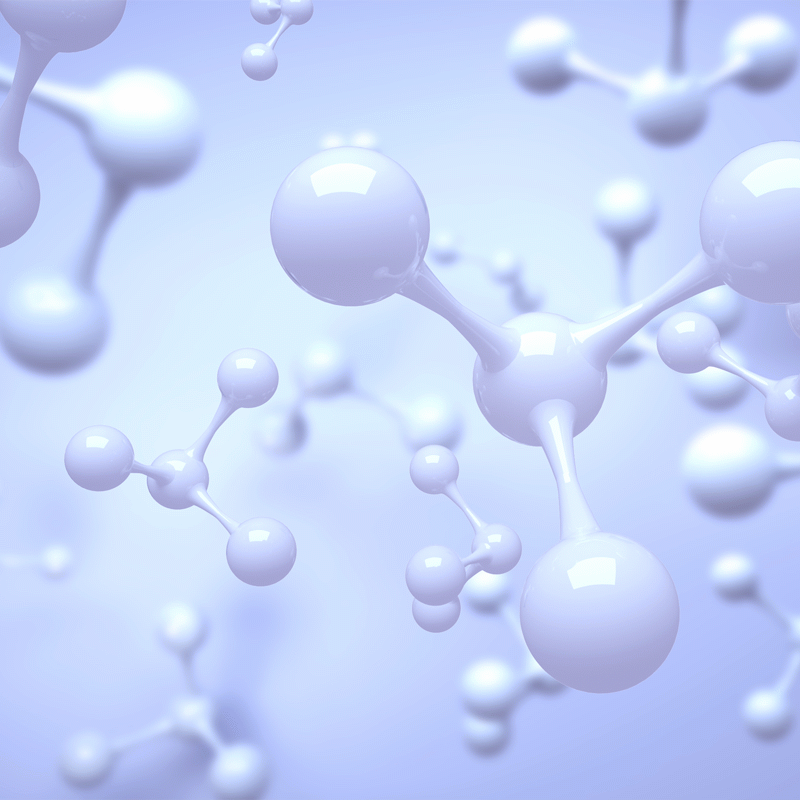Cosmetic Ingredient
- • Abrasive (124)
- • Absorbent (84)
- • Anticaking (66)
- • Anticorrosive (25)
- • Antifoaming (19)
- • Antimicrobials (290)
- • Antioxidant Ingredient (393)
- • Antiperspirant (20)
- • Antiplaque (48)
- • Anti-seborrheic (38)
- • Anti-sebum (39)
- • Antistatic (458)
- • Astringent (162)
- • Binding Agent (172)
- • Bleaching Agent (53)
- • Buffering (191)
- • Bulking (109)
- • Chelating (122)
- • Cleansing (679)
- • Cosmetic Colorant (212)
- • Cosmetic Preservative (158)
- • Denaturant (45)
- • Deodorant (98)
- • Depilatory (27)
- • Dissolving Agent (298)
- • Emollient (795)
- • Emulsifying Agent (480)
- • Emulsion Stabilising (154)
- • Exfoliating (19)
- • Film Forming (299)
- • Flavouring (72)
- • Foam Boosting (161)
- • Foaming (101)
- • Fragrance Ingredient (726)
- • Gel Forming (19)
- • Hair Conditioning (670)
- • Hair Dyeing (363)
- • Hair Fixing (36)
- • Hair Waving or Straightening (45)
- • Humectant (282)
- • Hydrotrope (92)
- • Keratolytic (20)
- • Light Stabilizer (80)
- • Moisturising Agent (50)
- • Nail Conditioning (42)
- • Occlusive (20)
- • Opacifying (119)
- • Oral Care (123)
- • Oxidising (19)
- • Perfuming (2105)
- • Plasticiser (98)
- • Propellant (19)
- • Reducing (50)
- • Refatting (12)
- • Refreshing (26)
- • Skin Cleansing (388)
- • Skin Conditioning (1751)
- • Skin Humectant (21)
- • Skin Protecting (282)
- • Smoothing (31)
- • Soothing (71)
- • Tonics (155)
- • UV Filter (34)
- • Viscosity Controlling (532)
Chemicals as Skincare Ingredients
Related News
-
Shell Considers Partnering with the U.S. and Closing European Chemical Assets
2025-03-26 -
Price Surge Alert as Major Suppliers Increase Barium Sulfate Costs by 200 Yuan per Ton
2025-03-20 -
Quaker Houghton Acquires Dipsol Chemicals, Strengthening Advanced Solutions Portfolio
2025-03-27 -
AstraZeneca to Invest $2.5 Billion to Establish Global Drug R&D Center in Beijing
2025-03-25 -
Saudi Aramco CEO: Invest in downstream projects in China's energy, chemical and other fields
2025-03-28 -
Dow's Silicones Downstream Expansion Project in Zhangjiagang Launches and Drives Market Innovation
2025-03-21
Foam Boosting
Alcohols, C16-18
(67762-27-0)-
Cosmetics Grade / 99%
$4100-4234/MT FOB
-
Cosmetics Grade / 99%
-
Cosmetics Grade / 99%
-
Industrial Grade / 99%
$5-6.2/KG FOB
Request for quotation , get quotes from more suppliers.
-
- / 0.00%
-
$2-2.5/KG FOB
-
Pharmacy Grade / 99%
-
Pharmacy Grade / 99%
Request for quotation , get quotes from more suppliers.
-
Cosmetics Grade / 30%
$0.58-0.75/KG FOB
-
- / 0.00%
-
-
Industrial Grade / 98%
Request for quotation , get quotes from more suppliers.
Amine oxides, cocoalkyldimethyl
(61788-90-7)-
-
Industrial Grade / 98%
-
- / 99.00%
-
![Amines, coco alkyldimethyl, N-oxides buy Amines, coco alkyldimethyl, N-oxides]()
Request for quotation , get quotes from more suppliers.
Amides, palm kernel-oil, N,N-bis(hydroxyethyl)
(73807-15-5)-
-
-
Industrial Grade / 99.9%
-
industrial Grade / 98%
Request for quotation , get quotes from more suppliers.
Source Foam Boosting Products Supply
Alcohols, coco
(68425-37-6)-
Industrial Grade / 99%
$2350-2750/MT FOB
-
![Alcohols, coco buy Alcohols, coco]()
Industrial Grade / 99%
-
![Alcohols, coco buy Alcohols, coco]()
-
![Alcohols, coco buy Alcohols, coco]()
Industrial Grade / 99%
Request for quotation , get quotes from more suppliers.
-
![Amides, soya, N,N-bis(hydroxyethyl) buy Amides, soya, N,N-bis(hydroxyethyl)]()
Industrial Grade / 99%
-
![Amides, soya, N,N-bis(hydroxyethyl) buy Amides, soya, N,N-bis(hydroxyethyl)]()
-
![Amides, soya, N,N-bis(hydroxyethyl) buy Amides, soya, N,N-bis(hydroxyethyl)]()
25kg/Cardboard Drum / 99%
-
![amides, soya, n,n-bis(hydroxyethyl) buy amides, soya, n,n-bis(hydroxyethyl)]()
Request for quotation , get quotes from more suppliers.
-
![Amides, coco, N-(2-hydroxypropyl) buy Amides, coco, N-(2-hydroxypropyl)]()
Industrial Grade / 99%
-
![Amides, coco, N-(2-hydroxypropyl) buy Amides, coco, N-(2-hydroxypropyl)]()
-
![Amides, coco, N-(2-hydroxypropyl) buy Amides, coco, N-(2-hydroxypropyl)]()
-
![Amides, coco, N-(2-hydroxypropyl) buy Amides, coco, N-(2-hydroxypropyl)]()
Industrial Grade / 99%
Request for quotation , get quotes from more suppliers.
-
- / 0.99%
-
![Amides, tallow, N-[3-(dimethylamino)propyl], N-oxides buy Amides, tallow, N-[3-(dimethylamino)propyl], N-oxides]()
Industrial Grade / 99%
-
![Amides, tallow, N-[3-(dimethylamino)propyl], N-oxides buy Amides, tallow, N-[3-(dimethylamino)propyl], N-oxides]()
-
![Amides, tallow, N-[3-(dimethylamino)propyl], N-oxides buy Amides, tallow, N-[3-(dimethylamino)propyl], N-oxides]()
Request for quotation , get quotes from more suppliers.
-
![Amides, tallow, N,N-bis(hydroxyethyl) buy Amides, tallow, N,N-bis(hydroxyethyl)]()
Industrial Grade / 99%
-
![Amides, tallow, N,N-bis(hydroxyethyl) buy Amides, tallow, N,N-bis(hydroxyethyl)]()
-
![Amides, tallow, N,N-bis(hydroxyethyl) buy Amides, tallow, N,N-bis(hydroxyethyl)]()
-
![Amides, tallow, N,N-bis(hydroxyethyl) buy Amides, tallow, N,N-bis(hydroxyethyl)]()
Industrial Grade / 99%
Request for quotation , get quotes from more suppliers.
More Information
foam boosting are substances that create pores in the material they are applied to. Chemical foam boosting is compounds that, upon heating, decompose to release gases such as carbon dioxide and nitrogen, forming fine pores within the polymer matrix.
foam boosting typically exhibits high surface activity, effectively reducing the surface tension of liquids. They arrange themselves at the liquid film surface with a bilayer structure, surrounding air to form bubbles, which then combine to create foam.
Foaming agent application:
•Foaming cleansers
•Shaving creams
•Facial cleansers
•Body washes
•Bubble bath products








